
Apparel DECODED
Previous edition: 01 Mar 2024
Share article
Get the full version straight to your inbox.
Exclusive access to our best-in-class data & intelligence
Subscribe now
China's apparel suppliers diversify to keep sourcing major status
China is still dominating the global apparel supply chain despite fashion companies' ongoing “nearshoring” strategies, however Chinese suppliers are also reducing their own trade risks by opening facilities overseas.
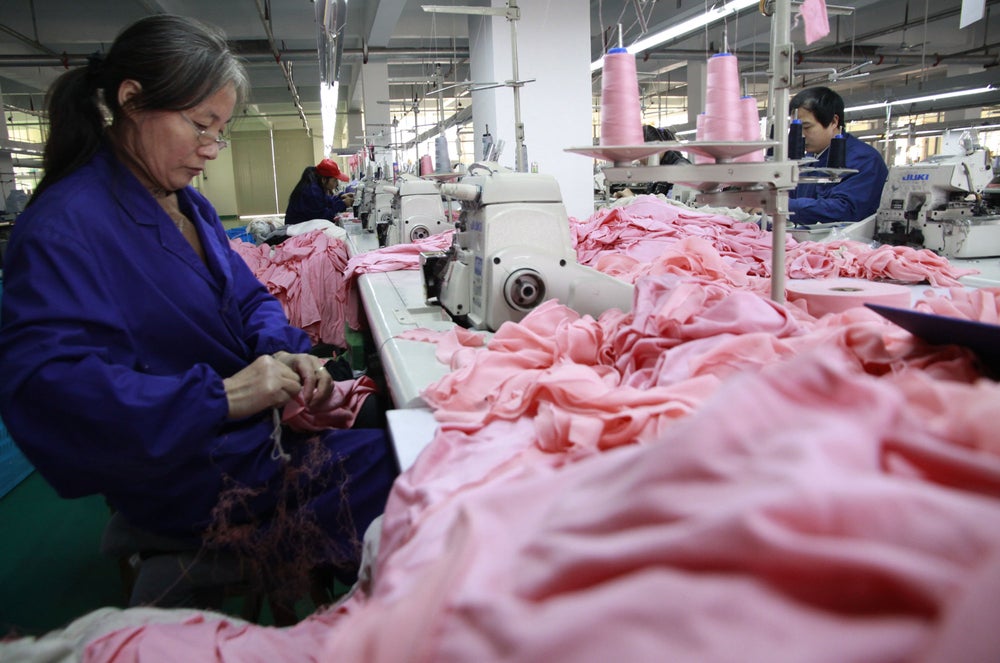
A key reason for China's ongoing fashion sourcing major status is its longstanding track-record of being a reliable clothing and textile supplier to global markets.
“China is one of our top five largest sourcing markets. We have longstanding relationships with many Chinese suppliers,” said Michael W Schultze, director of global supply chain at the Danish fashion retailer Bestseller. Since the pandemic, he added, sourcing quantities from China “has remained stable relative to our growth”.
Many of Bestseller’s brands also have stores in China, including Only and Vero Moda, however the company did not specify if its clothing lines sold in China are mostly made in China.
Associated British Foods' Primark is in a similar situation. Although the company has in the past six years developed suppliers in 22 countries, including Bangladesh and Romania, “China remains one of our main sourcing markets,” said a company spokesperson.
Indeed, at present, China is Primark's largest outsourcing market with 449 suppliers, making various products including textile, footwear, accessories and cosmetics. By contrast, Bangladesh, Primark’s second largest sourcing market, has only 113 suppliers and most of them are for the apparel business only.
China's highly competitive export-targeted ecosystem
Dr (Danny) Ho Chi Kuen, assistant professor at department of supply chain and information management of Hang Seng University of Hong Kong (HSUHK), said that one of China’s key advantages is its highly competitive, export-targeted ecosystem.
“This strategically built ecosystem offers exceptional value to overseas buyers and seamlessly connects organisations across various industries to provide end-to-end solutions to buyers,” he said.
For example, China has its petrochemical sector for synthetic textile innovation, and offers cutting-edge machines for the entire apparel industry, including fibre processing, dyeing and knitting.
“Additionally, the digital transformation in areas including production and logistics has reduced labour intense tasks and streamlined business operations, giving Chinese suppliers a competitive edge over regional rivals like those in Vietnam and India,” said Dr Ho, who worked for the Hong Kong-based outsourcing company William E Connor & Associates before starting his academic career. In the long run, he added, as the rival countries continue to invest in labour education, infrastructure and technology, they will catch up.
Some companies are not even actively seeking new suppliers outside China. For example, the Osaka-based Japanese shoemaker Pansy, which has stores across Asia, including China, Taiwan, Singapore and Indonesia, sticks to its three factories in China and Japan, all owned by the company. According to Pansy, its Chinese factory, located in Jiangsu province, makes 80% of its shoes while the remaining 20% are made by its two factories in Wakayama city, Japan.
According to a report published in September 2023 by US consulting firm Rhodium Group, companies are not going to see significantly reduced dependence on China in the medium term as the global value chains remain heavily entangled with the country.
Nonetheless, diversification is underway. Aside from geopolitical tension, western consumers’ demand for ultra-fast fashion is also a reason for nearshoring. For example, the China-founded and now Singapore-based ultra-fast fashion retailer Shein announced last year that it was planning to build a factory in Mexico, which replaced China in 2023 to be the top trading partner of the US (for all goods), according to the US commerce department.
Chinese suppliers open factories outside China to maintain sourcing major status
More Chinese suppliers have seen this trend and opened factories outside China, so in future, while Chinese ownership and influence over clothing manufacturers may remain, their physical location in mainland China may wane. For example, Mina Textile, based in Shaoxing, Zhejiang province, has built factories in Ethiopia for clients in nearby countries including Türkiye and Italy.
Such a move could help Chinese suppliers reduce the trade risks associated with the country and ensure their places in the global supply chain if trade and diplomatic conflicts between China and its western partners worsen, said Dr Ho.
“For those who can make use of their skills and resources and relocate their factories to countries with enhanced trade-supporting infrastructure, they will still be able to cater to buyers worldwide,” he said.
Latest news

Week in data: Puma stagnates, Renewcell collapses, Macy's swings to loss
Just Style's news in numbers this week featured Puma, Renewcell and Macy's Inc, plus a deep dive into how resale/rental models in fashion are growing.

US urged to create concrete plan to tackle apparel customs ‘loopholes'
US Homeland Security Secretary Alexander Mayorkas is being urged to create a detailed action plan with immediate effect to crack down on customs practices that are said to be undercutting US competitiveness and threatening US textile and apparel manufacturers.
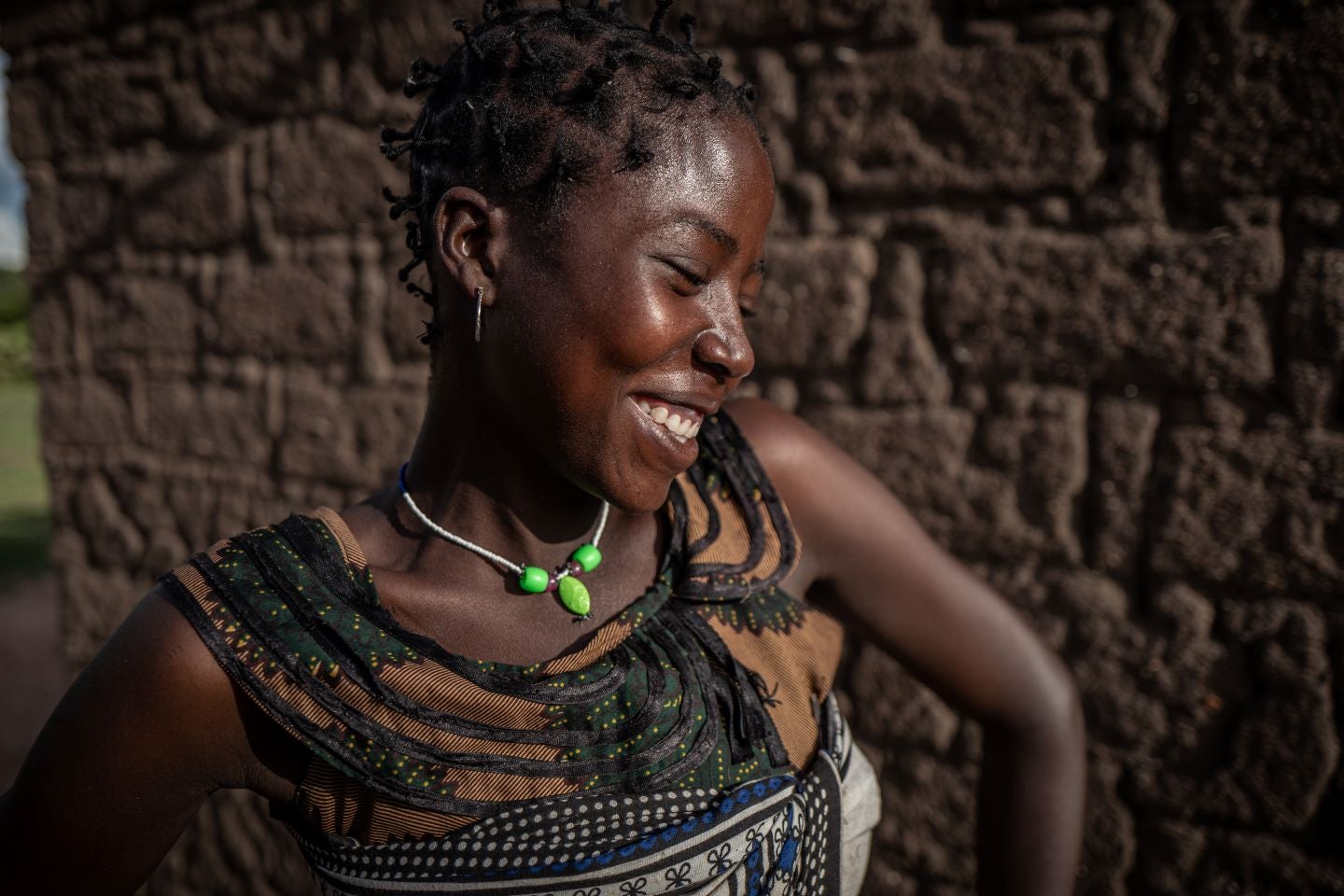
CmiA highlights value of women in sustainable cotton cultivation
Cotton Made in Africa (CmiA) is campaigning for women’s rights as part of the 'Inspire Inclusion' theme of this year’s International Women’s Day.

Rocky Brands FY23, Q4 sales plummet after a ‘challenging' year
US-based footwear and workwear manufacturer Rocky Brands reported a 25.0% decline in net sales in its Full Year (FY) results ending 31 December 2023, due to a “challenging year” but remains encouraged after navigating “top-line headwinds” to drive “profitable growth” in the business.

Sri Lanka apparel industry unites for single, end-to-end QR code solution
Sri Lanka's apparel manufacturers have joined forces with the Asian Development Bank (ADB), International Financial Reporting Standards (IFRS), and the Global Language of Business (GS1) to introduce a singular QR code system label on clothing items, to enhance end-to-end supply chain visibility.
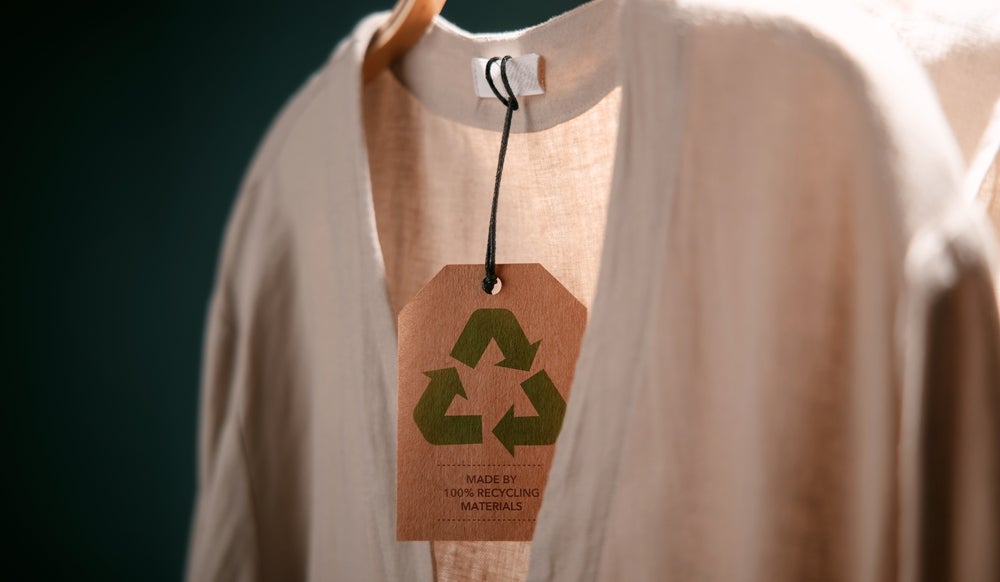
Japanese firm Goldwin joins The Fashion Pact to combat climate change
Japanese sportswear manufacturer Goldwin, Inc. is the latest company to join "The Fashion Pact," in a bid to help resolve the issue of climate change and improve the global environment.
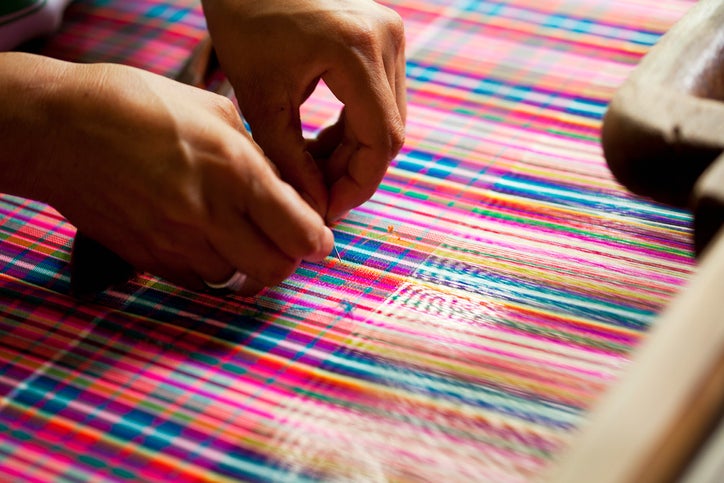
Next-gen material firms bagged $456.8m of investments in 2022
The Material Innovation Initiative (MII)'s report suggests next-gen material companies raised at least $456.8m from 28 publicly disclosed deals in 2022 with capital investments continuing on an upward trajectory over the last 10 years.
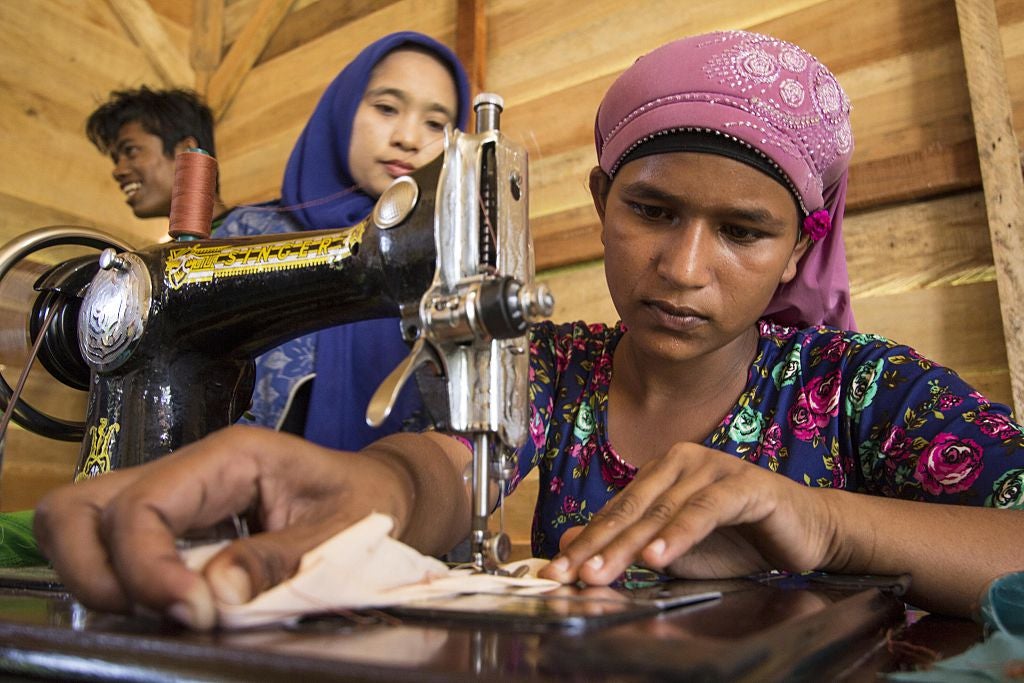
VF Foundation, Shimmy scale female apparel worker upskilling efforts
VF Foundation, the private grant-making organisation funded by VF Corporation is expanding its partnership with women-owned social enterprise Shimmy Technologies to upskill around 1,300 workers in the apparel value chain, following the success of its pilot.
In our previous edition
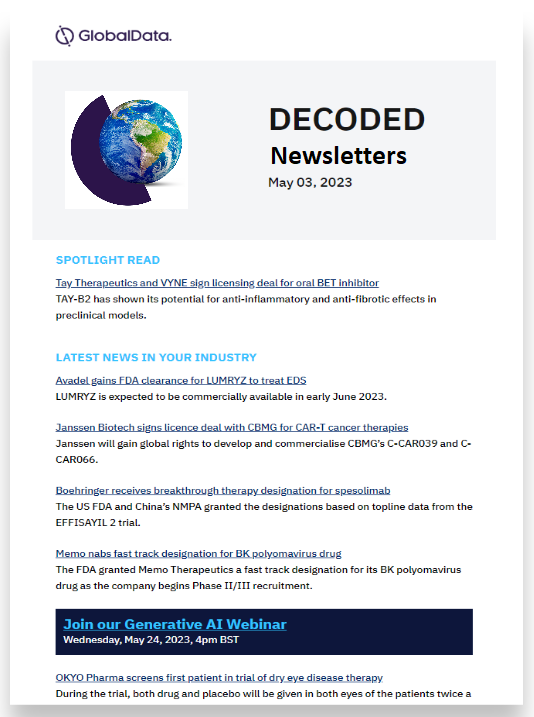
Apparel Decoded
Why are brands tapping into the fashion resale, rental trend?
29 Feb 2024

Apparel Decoded
Navigating Europe's fast fashion green claims under new EU laws
28 Feb 2024

Apparel Decoded
Cascale VP: Why collective action is at the heart of SAC rebrand
27 Feb 2024
Newsletters in other sectors
Aerospace, Defence & Security
Banking & Payments
Foodservice
Medical Devices
Technology
Travel and Tourism
Search companies, themes, reports, as well as actionable data & insights spanning 22 global industries
Access more premium companies when you subscribe to Explorer


